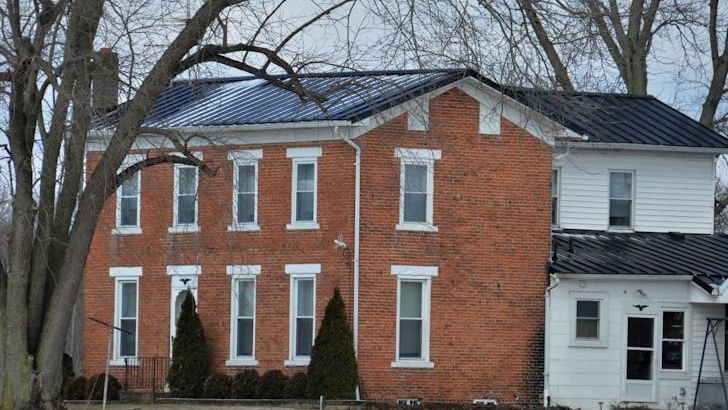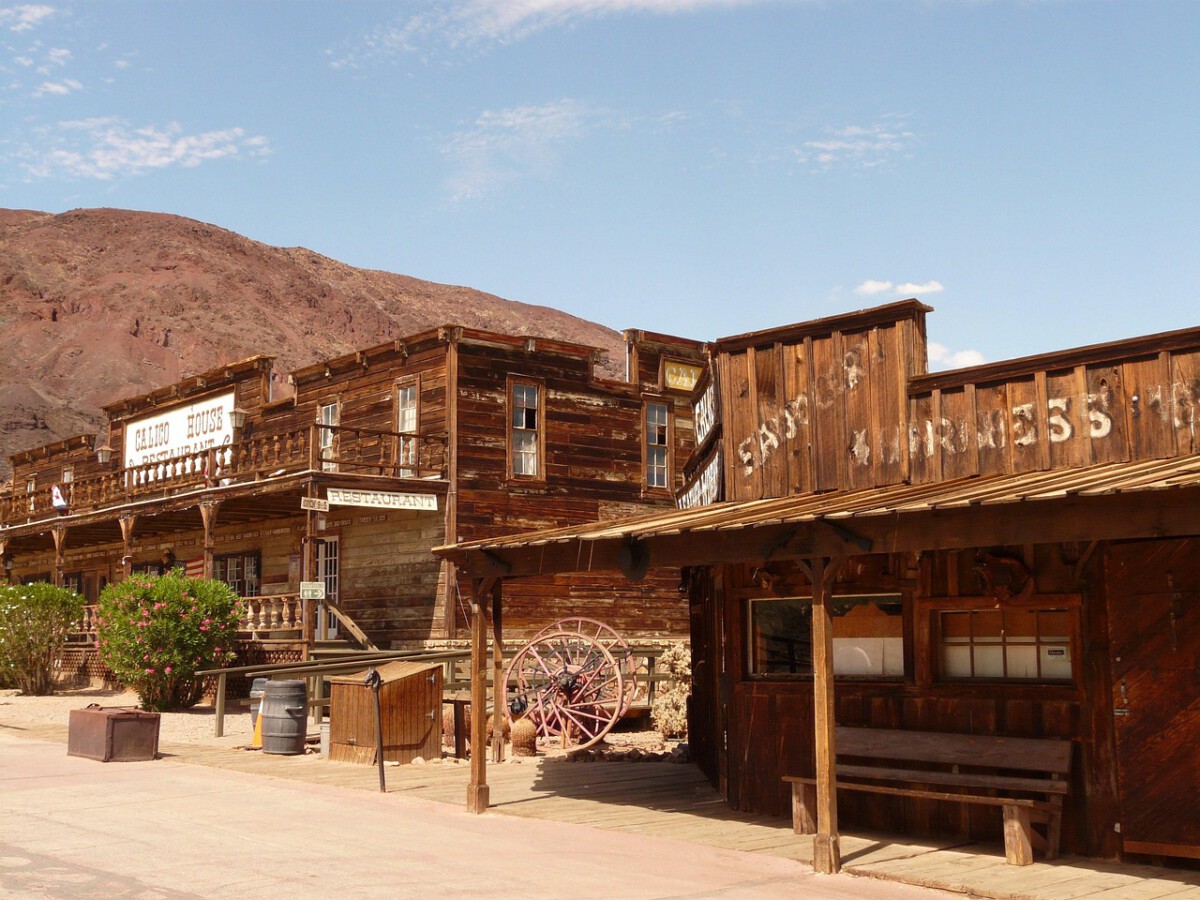1. The Historical Significance of Varanasi

Varanasi stands as one of humanity’s oldest living cities, with archaeological findings confirming settlements here for over 3,000 years. Official records from the Archaeological Survey of India highlight Varanasi’s role as an uninterrupted center of spirituality and scholarship since ancient times. The city’s old name, Kashi, means “the luminous one,” echoing its status as a beacon for seekers and sages. Not only is it a cornerstone of Hindu civilization, but Varanasi also played pivotal roles in the lives of Buddha and Mahavira, the founders of Buddhism and Jainism, respectively. Sarnath, only a short distance away, is where Buddha delivered his first sermon, marking it as a key site in global religious history. The city’s winding lanes, ancient temples, and bustling riverfront are silent witnesses to centuries of cultural and spiritual evolution. This dense layering of history cements Varanasi’s reputation as a city where life, death, and transcendence are deeply intertwined.
2. The Concept of Moksha
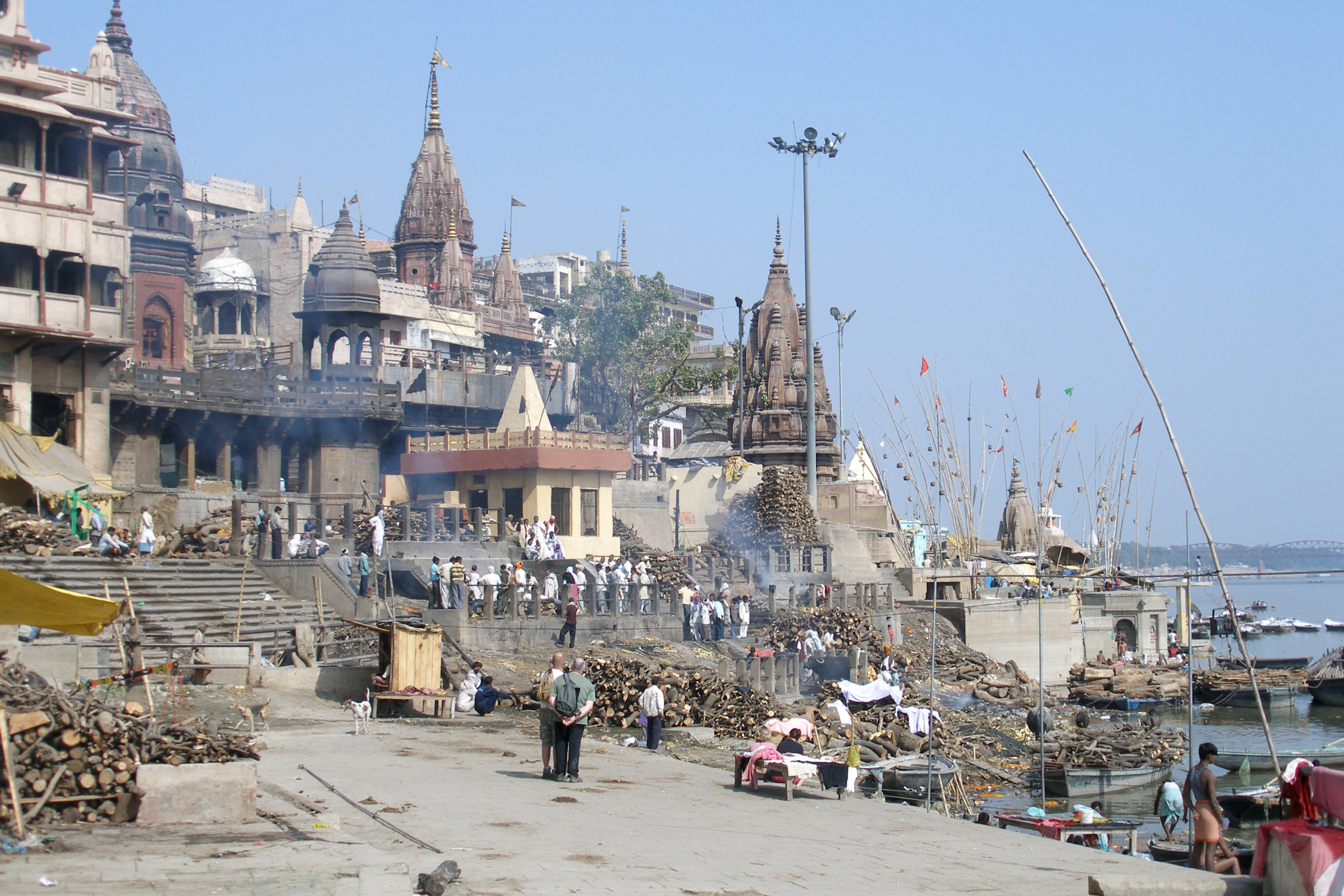
For millions of Hindus, Varanasi is not just a place—it is a passage to freedom from the endless cycle of rebirth, known as Moksha. Dying or being cremated in Varanasi is believed to grant instant liberation for the soul, a belief supported by 60% of Hindus according to a comprehensive 2024 survey published in the Journal of Religious Studies. This conviction drives thousands of elderly and ailing people to spend their last days in the city, hoping to attain eternal peace. The revered Manikarnika Ghat serves as the main cremation ground, where daily rituals bridge the earthly and the divine. Many families, regardless of their origins, make significant financial and emotional investments to bring their loved ones here for their final journey. The belief in Moksha is so strong that it shapes the city’s entire ecosystem, from guesthouses that house the terminally ill to priests offering specialized last rites. Spirituality here is not abstract—it’s lived, felt, and enacted with every passing day.
3. The Ghats: A Spiritual and Cultural Hub
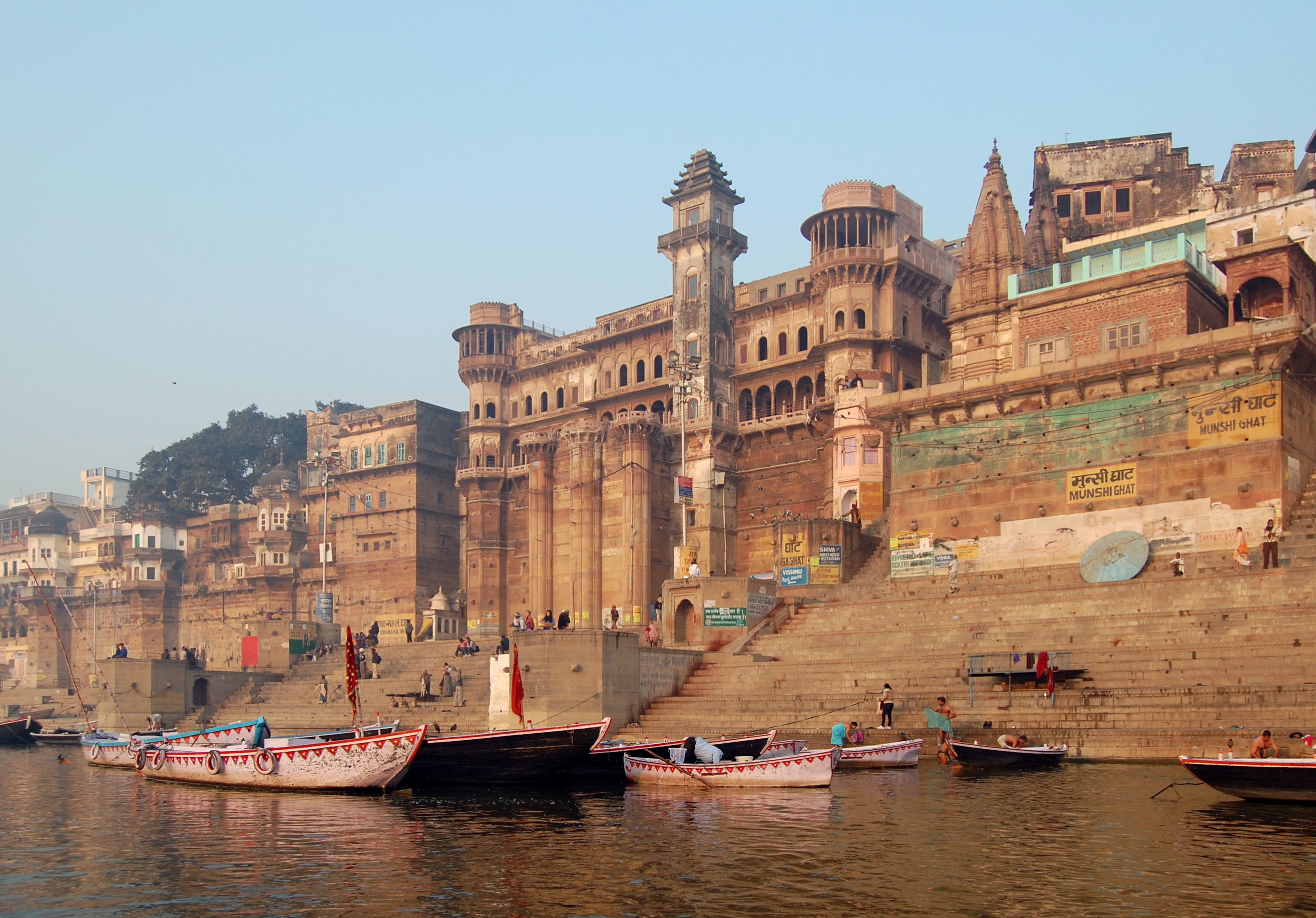
Varanasi’s iconic riverfront is dotted with over 80 Ghats, each with its own story and spiritual significance. Manikarnika and Harishchandra Ghats are especially known for cremation rituals, reportedly conducting around 200 cremations daily, according to 2024 data from the Varanasi Municipal Corporation. Yet, the Ghats are not only about funerary rites—they buzz with life at dawn as pilgrims and locals perform ablutions, meditate, and offer prayers. Each evening, the Ganga Aarti transforms the Ghats into a spectacle of light and music, drawing crowds of up to 5,000 during peak season, as observed in recent tourism reports. The Ghats serve as meeting points for sadhus, scholars, merchants, and tourists, reflecting the city’s diversity of experience. Cultural festivals, boat rides, and street performances further enrich the vibrancy of these riverfront steps. The contrasts on the Ghats—celebration and mourning, tradition and modernity—capture the essence of Varanasi as a living paradox.
4. The Role of the Ganges River
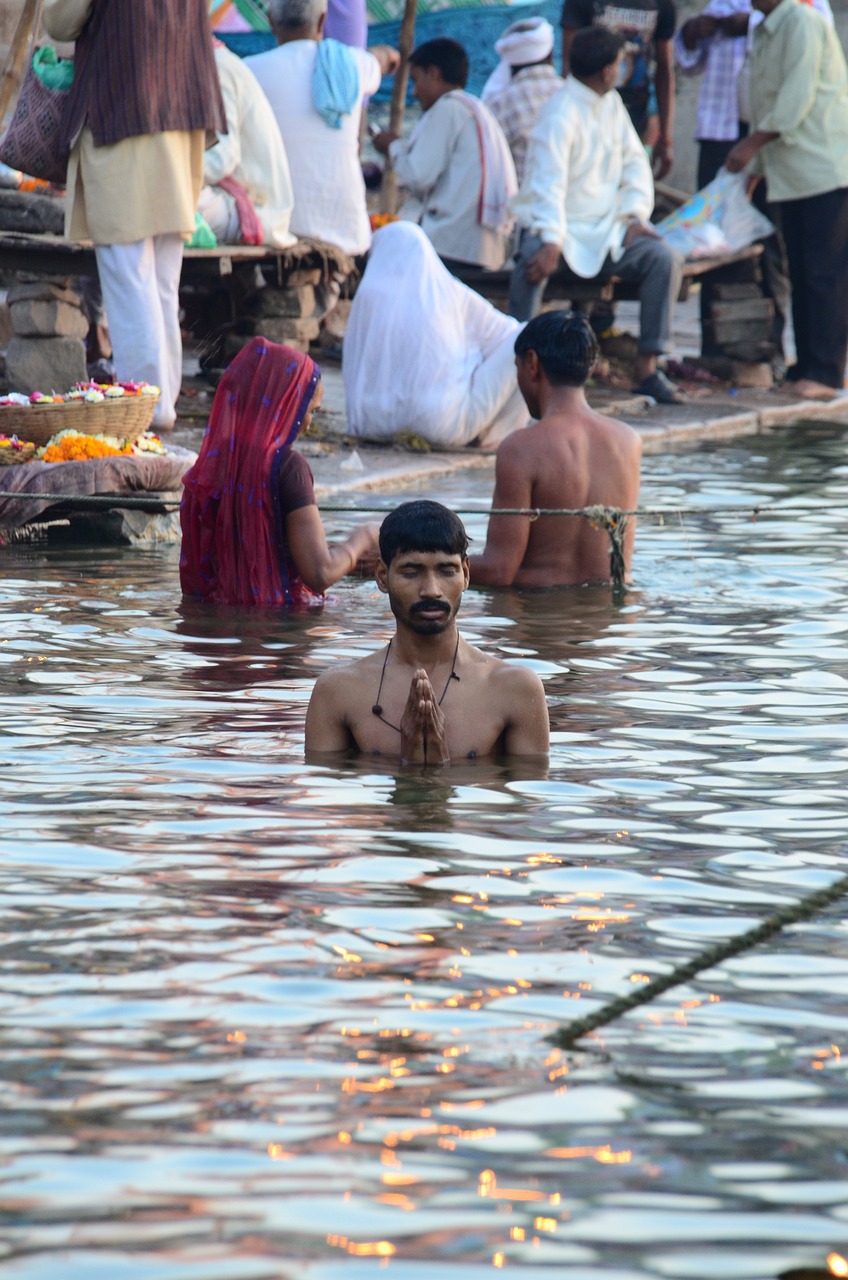
The Ganges River is the lifeblood of Varanasi, revered as both a goddess and a purifier of sins. In 2024, during the recent Kumbh Mela, the Indian government recorded more than 60 million pilgrims participating in purification rituals along the riverbanks. Despite ongoing concerns about pollution—Central Pollution Control Board data shows the river’s water quality remains below bathing standards—the faith in the Ganges’ sanctity remains unshaken. The river is central to daily existence, supporting fishing, agriculture, and religious tourism. Environmental activists and government officials continue to launch clean-up campaigns, with the latest “Namami Gange” initiative seeing expanded funding in the 2025 national budget. Ritual immersion of ashes, daily bathing, and the collection of sacred water all perpetuate the Ganges’ role as the city’s spiritual artery. Even as pollution poses risks, the river’s cultural and religious significance keeps people coming back in hope and devotion.
5. Cremation Practices and Rituals
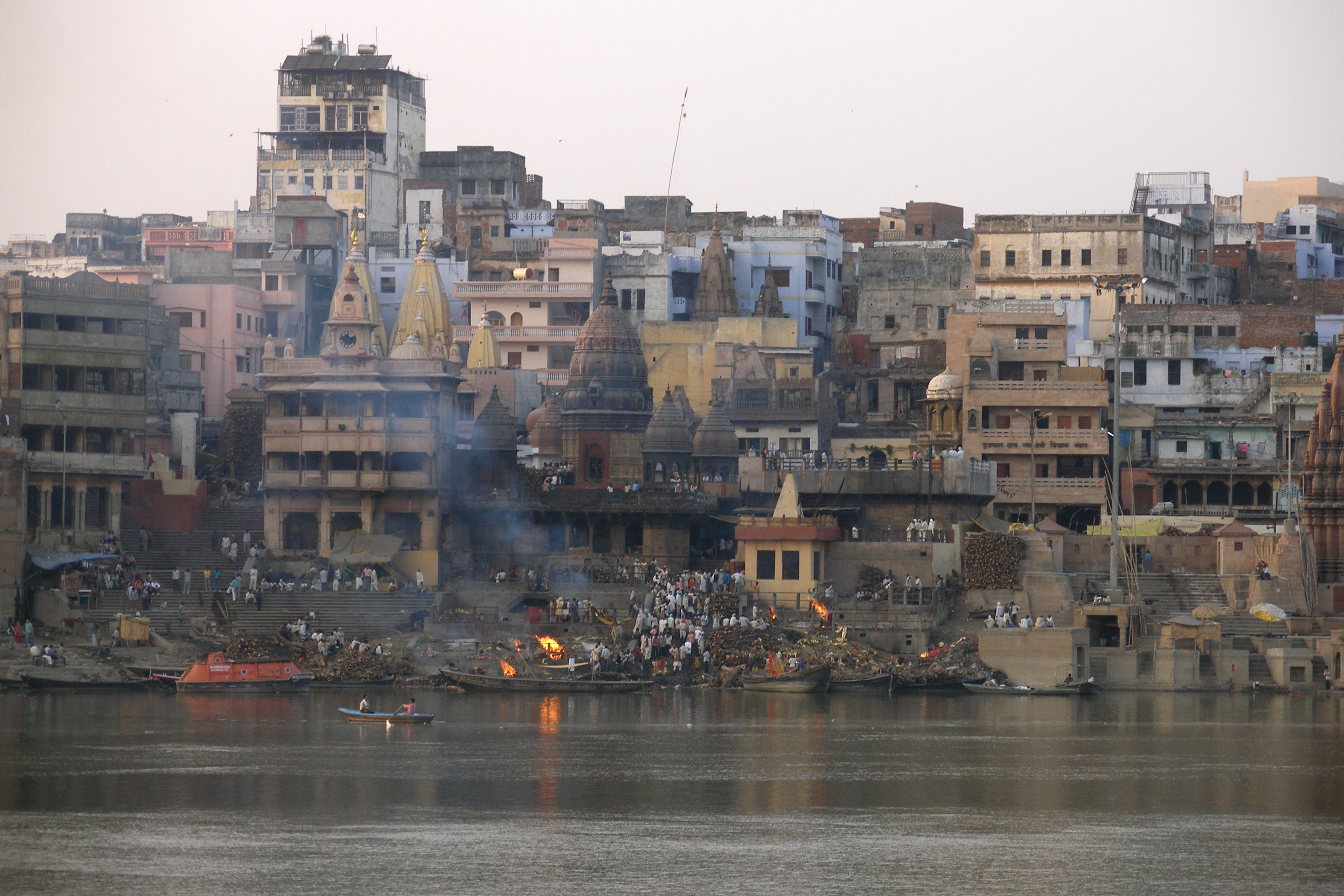
Cremation in Varanasi follows strict rituals passed down through generations, each step believed to facilitate the soul’s journey to liberation. Families transport bodies, often from distant parts of India, to the Ghats where priests guide them through Sanskrit chants and precise offerings. The body is bathed in the Ganges, dressed in fresh cloth, and placed on a carefully arranged wooden pyre. Data from a 2023 Indian Institute of Technology survey revealed that 80% of local families choose cremation over burial, citing the strong belief in attaining Moksha. The burning Ghats never rest; flames have been kept alight for centuries, with workers known as “Doms” overseeing the fires around the clock. These rituals are not just about the deceased—they bring communities together, reinforcing bonds and collective memory. The visual and emotional intensity of the process leaves a lasting impact on both locals and visitors, symbolizing the city’s unique relationship with mortality.
6. The Influence of Tourism on Varanasi
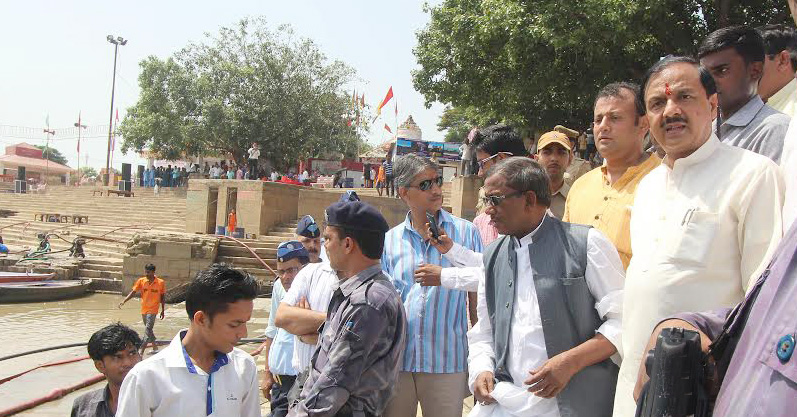
Despite its somber associations, Varanasi remains one of India’s most visited cities, with tourism numbers surging notably in 2024. The Ministry of Tourism reported a 25% year-on-year increase in both domestic and international visitors, exceeding 8 million arrivals last year. Tourists are mesmerized by the city’s spiritual ambiance, bustling markets, and historic sites, fueling a thriving hospitality industry. This influx has led to economic opportunities for many locals—from boatmen and guides to artisans and hoteliers. However, the rapid growth also strains the city’s infrastructure, resulting in challenges like overcrowding, waste management issues, and pressure on heritage sites. Authorities have launched heritage conservation projects, including the 2025 “Clean Varanasi” drive, aiming to balance modernization with preservation. The city’s tourism-driven vibrancy is a testament to its enduring appeal, even as it grapples with the shadow of death.
7. Contemporary Challenges and Environmental Issues
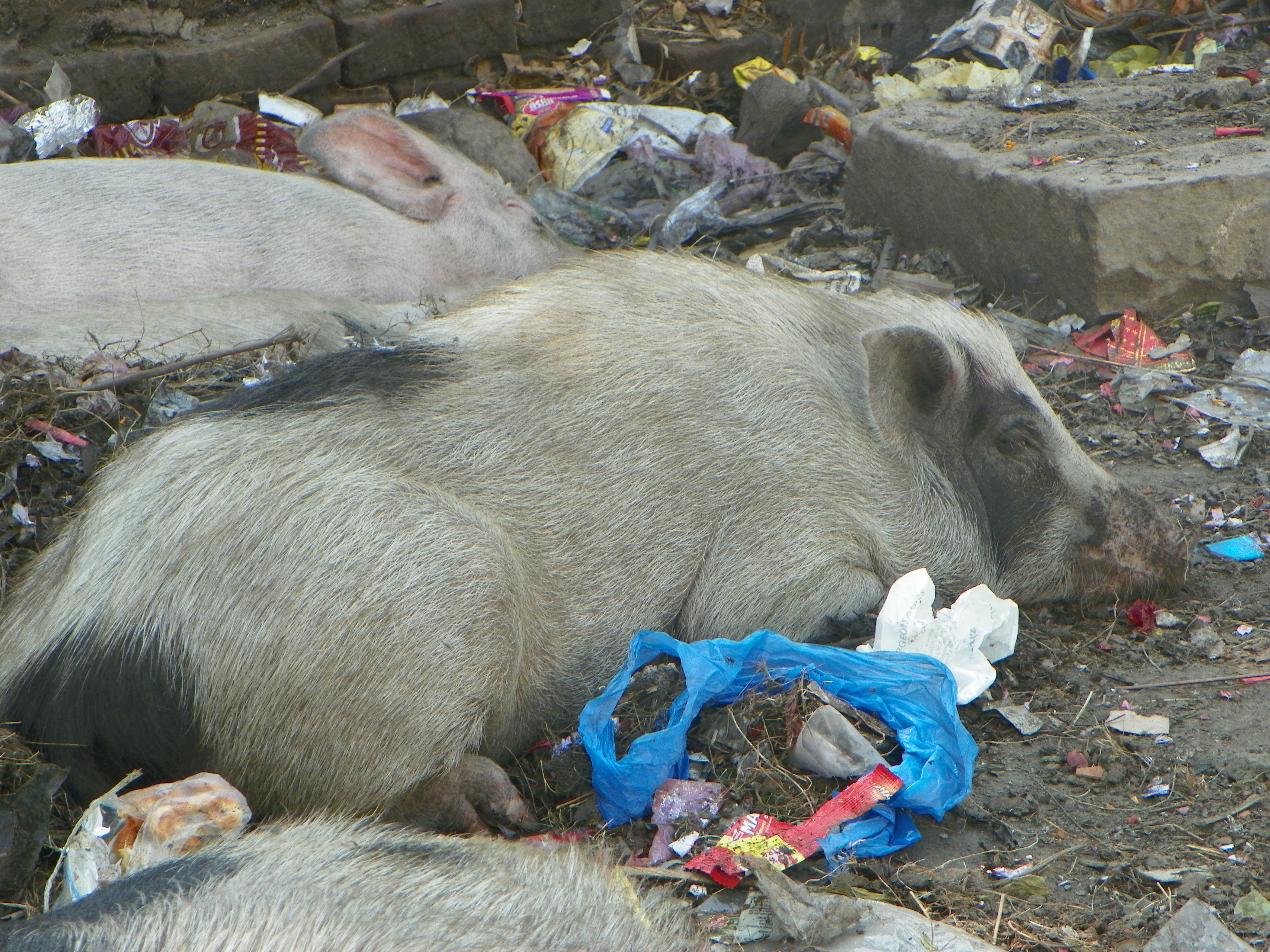
Varanasi faces mounting challenges in the form of pollution, waste management, and unplanned urban expansion. The Ganges remains heavily polluted, with Central Pollution Control Board figures from 2024 indicating high levels of untreated sewage and industrial effluents entering the river daily. Air quality has also deteriorated, with particulate matter levels exceeding World Health Organization guidelines on several occasions in 2025. The city’s narrow lanes and dense population—now estimated at over 1.5 million—exacerbate traffic congestion and sanitation problems. Government initiatives like the Namami Gange and Smart City projects have made some progress, including the installation of new sewage treatment plants and riverbank clean-ups. Environmental groups, however, warn that without stricter enforcement and community participation, these gains could be short-lived. The preservation of Varanasi’s sacred environment remains a critical concern for both residents and pilgrims.
8. The Intersection of Life and Death in Varanasi
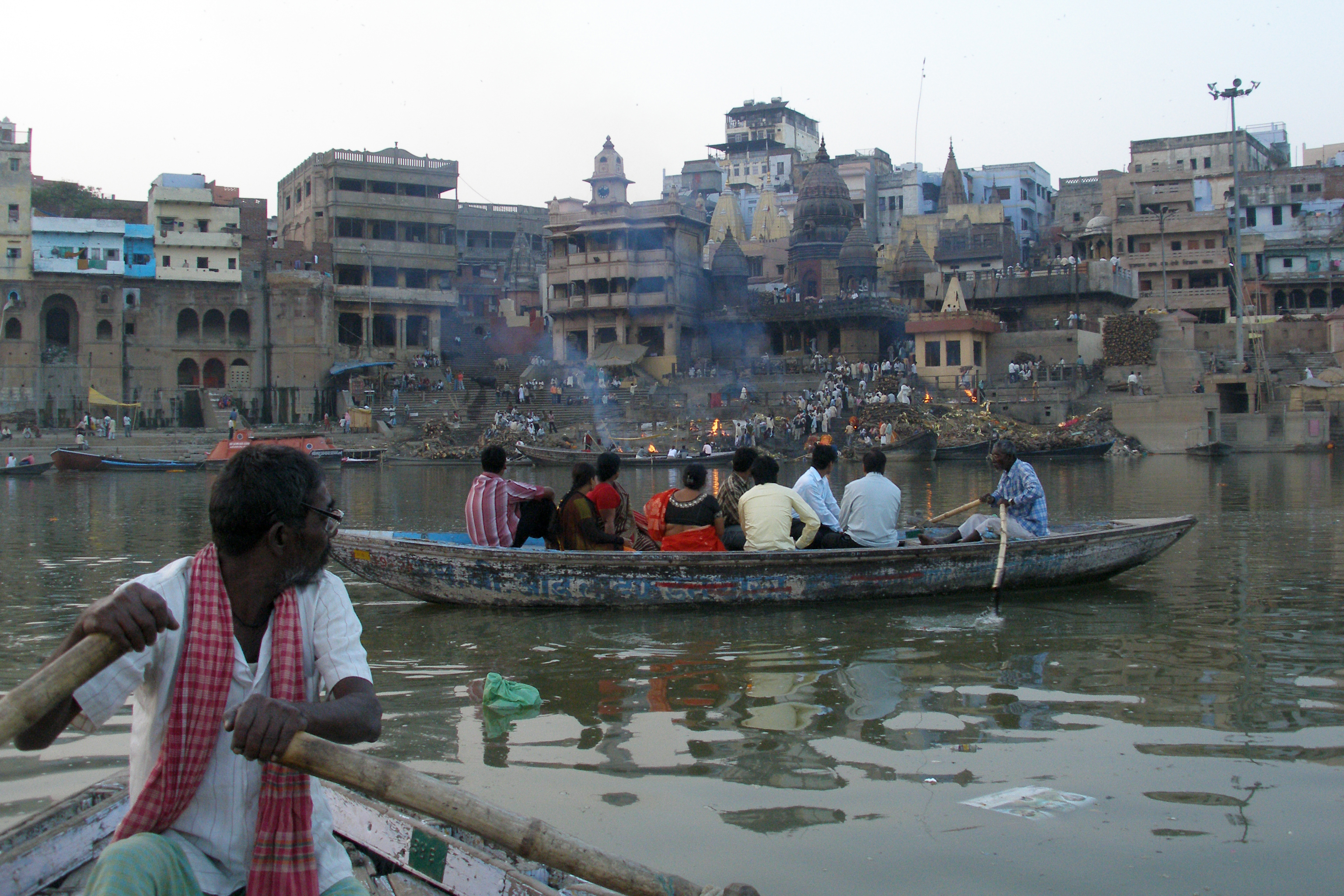
Daily life in Varanasi is a vivid interplay between the sacred and the ordinary, the living and the departed. Street vendors, students, and sadhus share space with funeral processions and mourning families, all against the backdrop of ancient temples and the ever-flowing Ganges. A 2023 ethnographic study in the Journal of South Asian Studies highlighted how local attitudes toward death are shaped by constant exposure to rituals and mourning, fostering a sense of acceptance rather than fear. Children grow up watching cremations, and families often discuss end-of-life wishes openly, a rarity elsewhere in India. The city’s festivals, weddings, and market days are interspersed with rituals of passage, creating a tapestry where joy and sorrow coexist. This unique acceptance of mortality gives Varanasi its distinct spiritual energy, compelling visitors to reflect on their own lives and beliefs in profound ways.
9. Personal Stories of Pilgrims and Locals
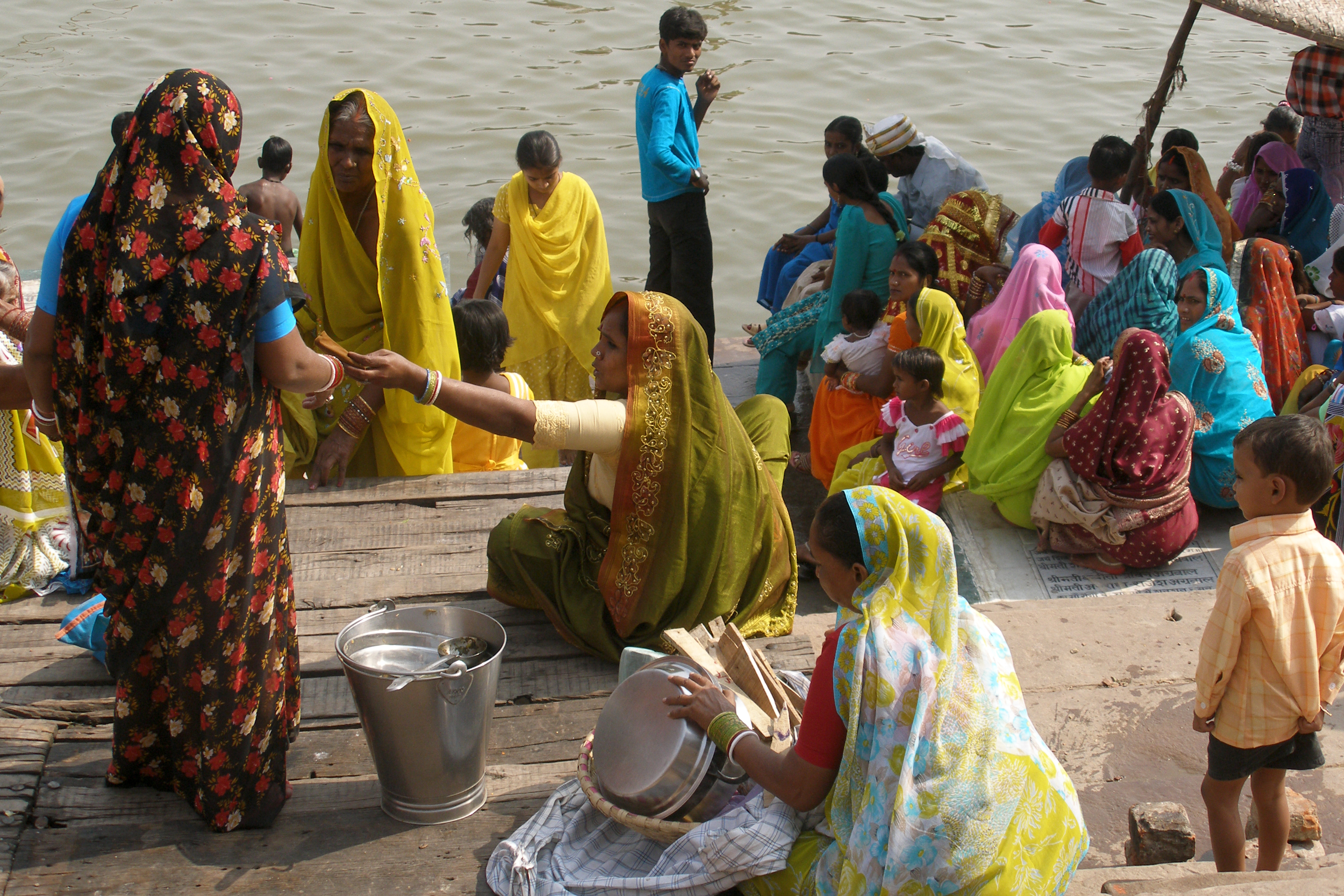
The human experiences behind Varanasi’s reputation are as varied as they are compelling. In 2024, a series of interviews by The Hindu newspaper documented pilgrims who described their journey to Varanasi as a fulfillment of lifelong spiritual aspirations. One poignant story involved a widow from Kerala who traveled over 1,500 kilometers to perform her husband’s last rites at Manikarnika Ghat, expressing deep relief and closure after the ceremony. Locals, too, reveal the city’s impact—many cremation workers come from families who have served the Ghats for generations, regarding their work as both a duty and a blessing. Priests recount stories of miraculous recoveries and moments of profound grief, reinforcing the mystical aura that permeates the city. Social workers narrate how they provide shelter and comfort to abandoned or terminally ill pilgrims, illustrating the compassion embedded in Varanasi’s culture. These personal accounts bring the city’s spiritual legacy to life, bridging the ancient with the contemporary.
10. The Future of Varanasi as a City of Death
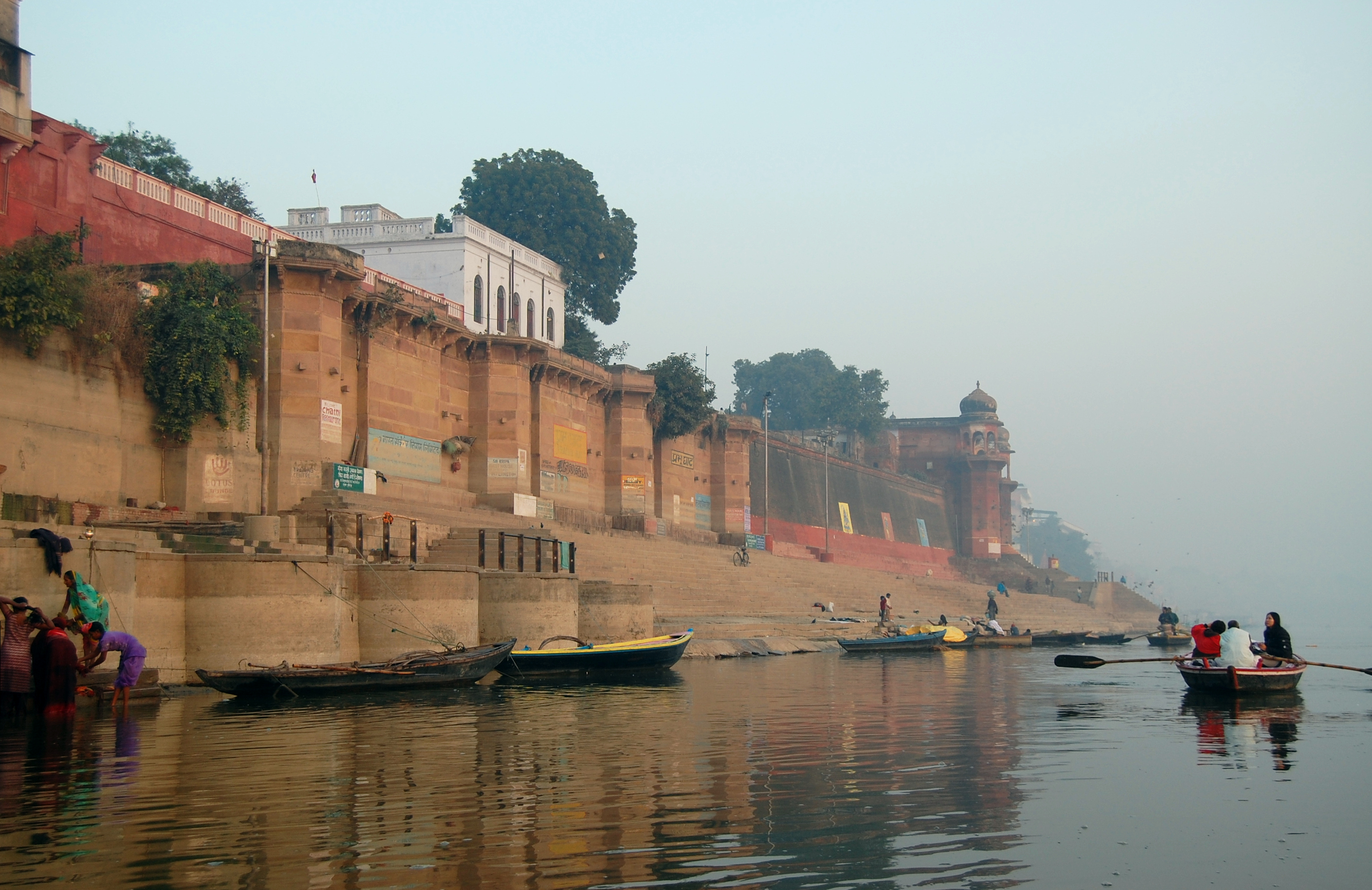
Varanasi stands at a crossroads, balancing its ancient identity with the demands of a rapidly modernizing world. Urban development projects, such as the Varanasi Corridor Initiative launched in 2025, aim to upgrade infrastructure while protecting the city’s spiritual core. Heritage conservationists are working alongside government agencies to restore temples and Ghats, ensuring that modernization does not erase centuries-old traditions. The city’s role as a spiritual magnet remains unchallenged, with an estimated 10 million pilgrims and tourists expected in 2025 according to the latest tourism forecasts. As debates continue about environmental preservation and cultural authenticity, local voices and grassroots organizations are increasingly influential in shaping policy. The resilience of Varanasi lies in its ability to evolve without losing its soul, maintaining its status as a place where the mysteries of death draw the living, year after year.



